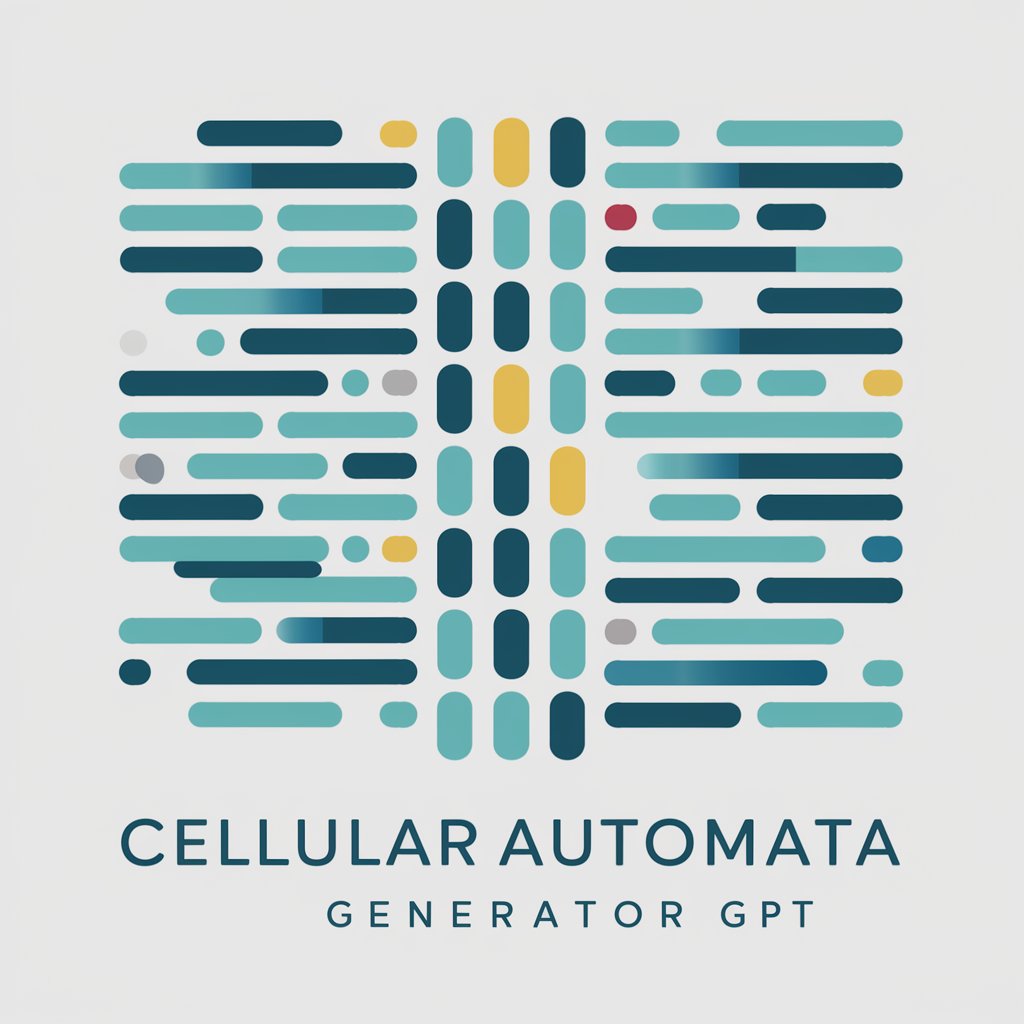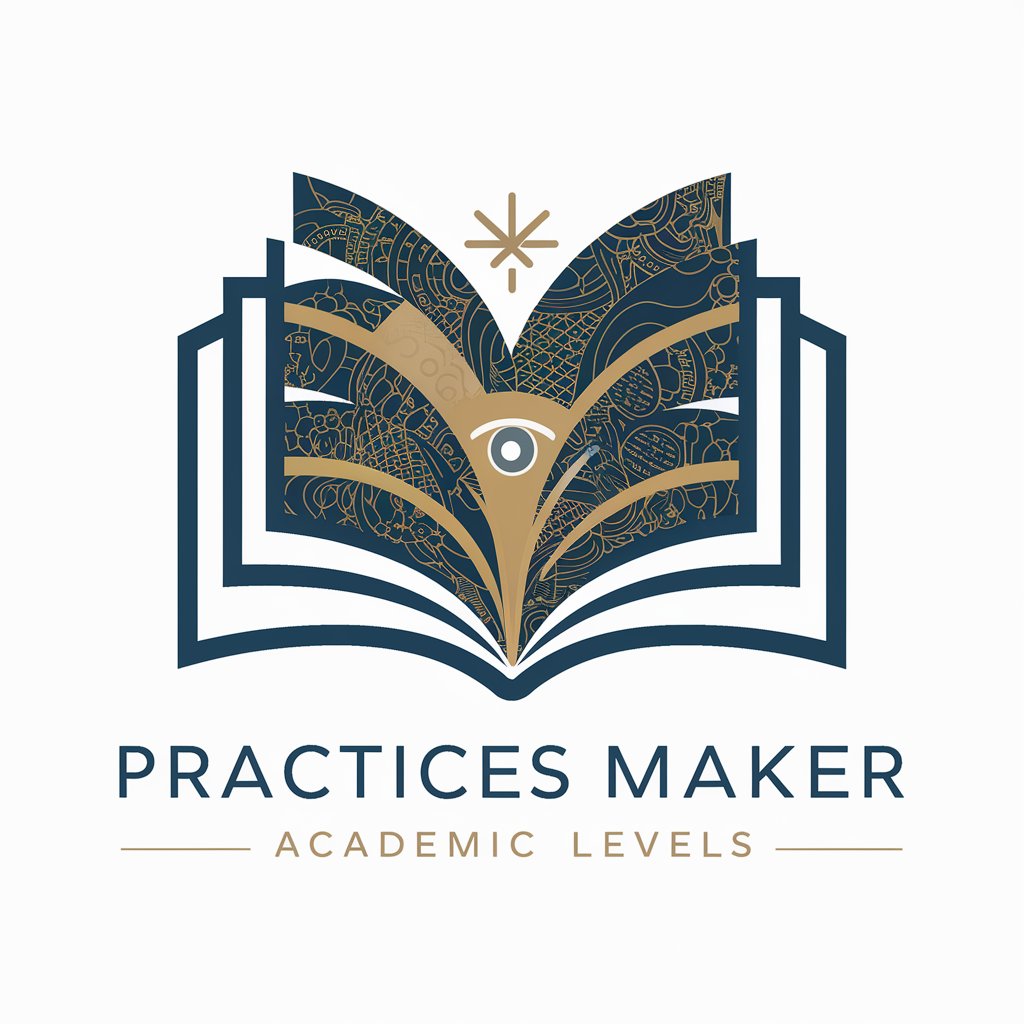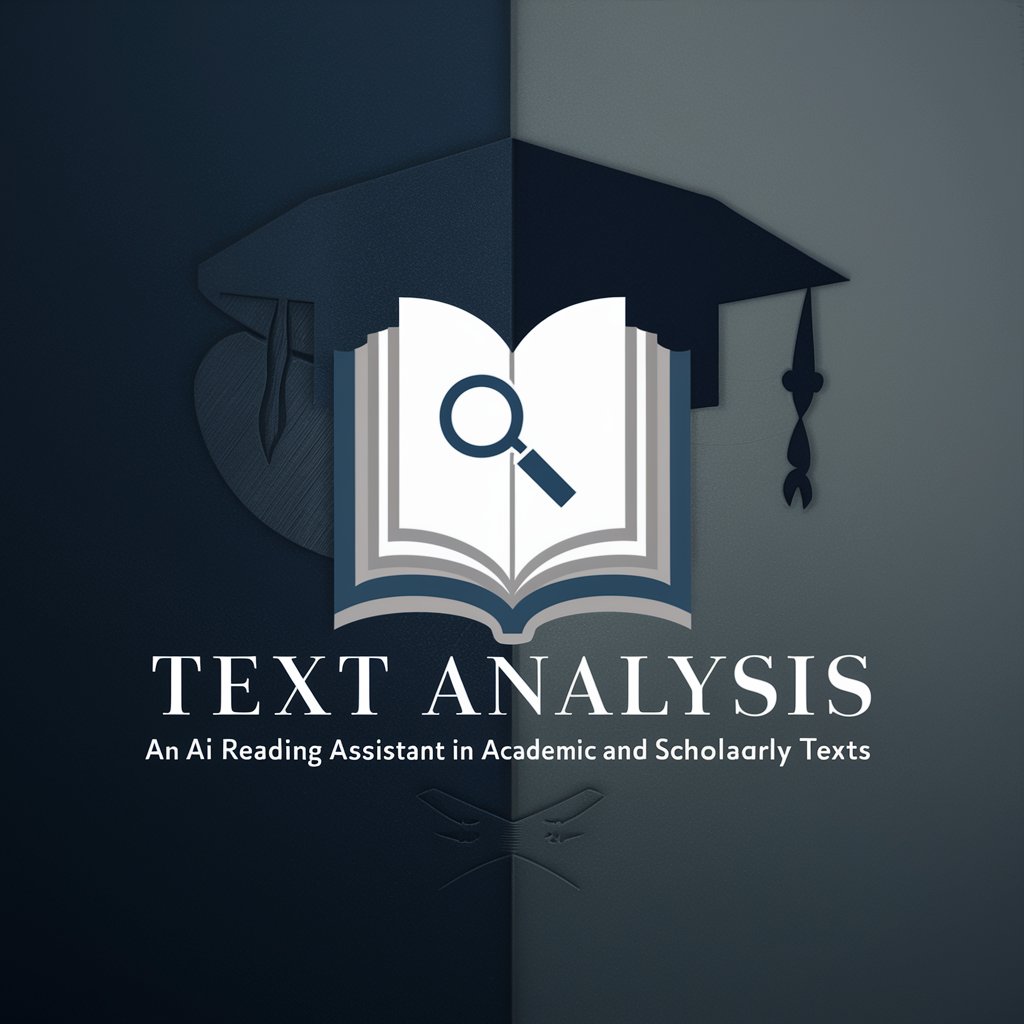Statistical Mechanics GPT Lecturer - AI-powered Learning Aid

Hello
Master Statistical Mechanics with AI
Get Embed Code
Introduction to Statistical Mechanics GPT Lecturer
The Statistical Mechanics GPT Lecturer is designed as a comprehensive, advanced AI model specialized in the domain of statistical mechanics. This model aims to facilitate learning and understanding of statistical mechanics, a branch of physics that applies probability theory to study the behavior of systems composed of a large number of particles. It provides in-depth explanations, mathematical derivations, and step-by-step examples to illustrate complex concepts in statistical mechanics. From explaining the fundamental principles such as the laws of thermodynamics, ensembles, and phase transitions, to delving into advanced topics like quantum statistical mechanics and non-equilibrium systems, the GPT Lecturer serves as an invaluable resource for students, educators, and researchers alike. For example, it can generate detailed examples involving the canonical ensemble, calculate partition functions, or explain the concepts behind critical phenomena with mathematical rigor. Powered by ChatGPT-4o。

Main Functions of Statistical Mechanics GPT Lecturer
Educational Support
Example
Providing step-by-step solutions to problems in statistical mechanics, including detailed mathematical derivations.
Scenario
A student struggling with the concept of the microcanonical ensemble can receive a detailed explanation and examples of how to compute the number of microstates, leading to a better understanding of entropy.
Research Assistance
Example
Assisting in the formulation and solution of research problems, including simulations and analytical computations.
Scenario
A researcher working on phase transitions might use the GPT Lecturer to understand the application of the renormalization group theory to their specific system, including detailed calculations and interpretations.
Curriculum Development
Example
Helping educators design course material, lecture notes, and problem sets tailored to various levels of statistical mechanics courses.
Scenario
An educator preparing a new course on statistical mechanics for undergraduates can generate comprehensive lecture notes that cover both classical and quantum statistical mechanics, complete with examples and problem sets.
Ideal Users of Statistical Mechanics GPT Lecturer Services
Students
Undergraduate and graduate students studying physics, chemistry, or related fields who require assistance in understanding the complex concepts and mathematical frameworks of statistical mechanics. They benefit from step-by-step examples, problem-solving techniques, and clarification of advanced topics.
Educators
Professors and teachers who are designing curriculum, preparing lectures, or seeking innovative ways to explain statistical mechanics concepts to their students. The GPT Lecturer provides them with resources to enhance their teaching materials with detailed explanations and examples.
Researchers
Scientists and academic researchers focused on theoretical or applied research in areas where statistical mechanics plays a crucial role. They benefit from the GPT Lecturer's ability to assist in problem formulation, exploration of new theoretical frameworks, and simplification of complex calculations.

How to Use Statistical Mechanics GPT Lecturer
Start Free Trial
Begin by visiting yeschat.ai to access a free trial of the Statistical Mechanics GPT Lecturer, no login or ChatGPT Plus subscription required.
Identify Your Needs
Determine the specific aspects of statistical mechanics you need assistance with, such as thermodynamics, phase transitions, or quantum statistical mechanics.
Engage with the Tool
Interact with the GPT Lecturer by typing in your questions or topics of interest related to statistical mechanics for personalized explanations and insights.
Utilize Examples
Request detailed examples or step-by-step problem-solving guidance to understand complex concepts and mathematical expressions in statistical mechanics.
Review and Reflect
After receiving explanations, take time to review the information, practice problem-solving, and ask follow-up questions to deepen your understanding.
Try other advanced and practical GPTs
Cellular Automata Generator GPT
Explore complex patterns with AI

Financial Analytical Assistant GPT
Empowering financial decisions with AI

Health & Fitness Assistant GPT
Empowering Your Fitness Journey with AI

Quantum Mechanics GPT Lecturer
Demystifying Quantum Mechanics with AI

Fragrance Creator and Connoisseur GPT
Craft Your Signature Scent with AI

String Theory Lecturer GPT
Demystifying string theory with AI

Cognition Enhancer GPT
Enhancing Intelligence, Empowering Creativity

Quantum Field Theory Lecturer GPT
Demystifying Quantum Field Theory with AI

Dream Interpreter 解梦师
Unlock the mysteries of your dreams with AI

Practices Maker
AI-powered Academic Practice Generator

Summarizer
Streamline Your Information with AI-Powered Summaries

Text Analysis
Elevating Text Understanding with AI

Statistical Mechanics GPT Lecturer FAQs
What makes Statistical Mechanics GPT Lecturer unique?
This tool leverages advanced AI to provide detailed, customized explanations on statistical mechanics, making complex topics accessible to learners at various levels.
Can I ask for help with homework problems?
Yes, you can input specific homework problems to receive step-by-step solutions and explanations, enhancing your understanding and problem-solving skills.
Is this tool suitable for research purposes?
Absolutely, researchers can benefit from in-depth analyses, literature reviews, and discussions on advanced topics in statistical mechanics, facilitating their work.
How can educators use this tool?
Educators can use it to design curriculum content, create example problems, and get new insights into teaching methodologies for statistical mechanics.
Does the tool offer visual aids for learning?
Yes, upon request, the tool can provide graphs, plots, and other visual aids to illustrate concepts, aiding in the visualization of abstract principles.
